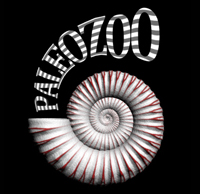Ediacaran Garden refers to the Ediacara Biota, an assemblage of ancient soft-bodied organisms that lived during the Ediacaran Period, which lasted from approximately 635 to 541 million years ago. These organisms are some of the earliest complex multicellular life forms known in the fossil record.
The Ediacaran Biota includes various forms such as rangeomorphs, discoidal organisms, and other enigmatic creatures, some of which have no modern analogs. This biota is also thought to include the first animals.
The concept of a definitive "first" animal is elusive due to the continuous nature of evolution. Identifying the precise moment when something distinctly transitions into another entity is challenging. However, paleontolgists can look to defining features to recognize specimens as among the earliest known members of the Animalia kingdom.
In this context candidates for the first animal include Dickinsonia - from the identification of chlorestorol in some organic remains - Kimberella - from the suggestion of internal organs - and Spriggina - from it's distinctive bilateral anatomy.
Unlike the creatures of the Cambrian period that were to follow, very few of the Ediacaran biota can as yet be associated with any modern phylum. Many are thought to have become extinct during a period of global mass extinction that occurred just before the Cambrian period.
The cause of this mass extinction remains unknown but it resulted in radically different environmental conditions that may have included elevated oxygen levels and a change in the nutrient content of the seas. With those changed conditions whole new phyla emerged that constitute the base morphology of most lifeforms we know today.
The creatures of the Ediacaran period await full taxonomic classification.
